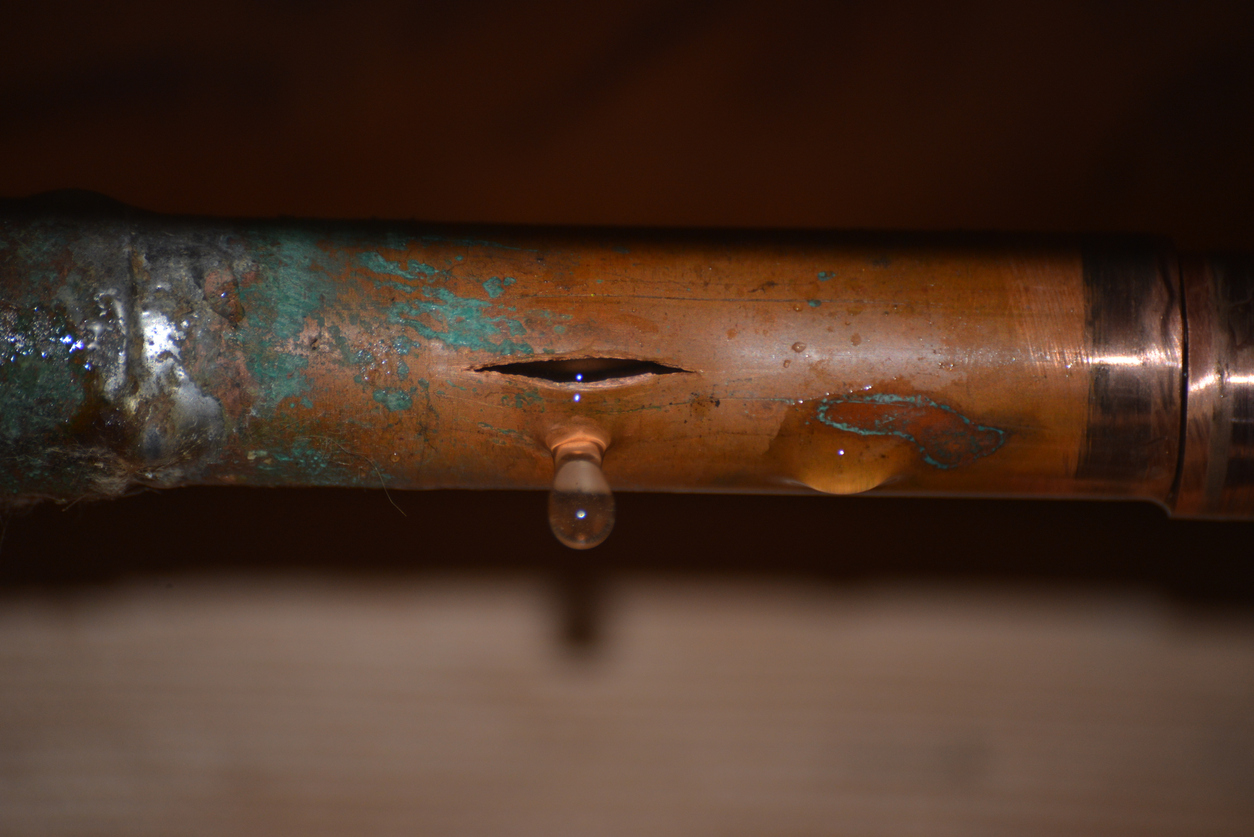Last week I stumbled across an interesting policy provision thanks to a phone call from another veteran policyholder attorney. The policy provision came in the form of an endorsement that turns a broad form homeowners policy into a Difference in Conditions (“DIC”) policy. The endorsement essentially states that in exchange for a premium credit, the policy excludes coverage for any loss that could be insured under the California FAIR Plan.
After conducting some research, I located a similar broad from policy endorsement, this one listing all perils to be excluded, which are the same as covered by a standard California FAIR Plan policy.1, 2
This was odd to me and several others I spoke with. The overwhelming majority of DIC policies adds primary layers for coverages absent in a FAIR Plan policy and excess limits for those present. Thus, if a DIC policy identifies coverages that are already provided in the FAIR Plan policy, the usual assumption is that this is excess coverage. However, when a DIC policy consists of a broad form policy with a FAIR Plan exclusion, that assumption is outright dangerous. The specific language of the FAIR Plan exclusion must be examined to be sure if a duplicate coverage is excess, or merely surplusage that is added then immediately deleted. In the two examples discussed above, no excess layers are provided.
Frankly, I am surprised that carriers are even allowed to offer DIC policies in this way (if they indeed are). Insureds are given a lengthy policy that purports to provide broad form coverage, but an endorsement at the very end takes much of it away. In the case of an endorsement to a broad form policy that excludes all coverage which could be obtained through FAIR Plan, the policyholder likely has no idea what this Frankenstein DIC policy actually covers.
It is very important to ensure you have the right DIC policy for your needs. Getting limits in excess of what the FAIR Plan can be vital for some insureds. For instance, the FAIR Plan limits debris removal at 5% of Coverage A limits; other structures and code upgrades to 10%; and fair rental value to 20%.
Legally speaking, a carrier cannot sell a DIC policy unless the customer also has a FAIR Plan policy. If they did, there would be no coverage for fire, which violates the minimum requirements of the standard form homeowners insurance policy.3 If a carrier sells such a policy without taking steps to ensure the customer also has a FAIR Plan policy, the carrier may have issues enforcing the endorsement.
While it is easy to rely on agents and brokers who may tell you what you want to hear for customer service and sales purposes, it is important to do a thorough review of your coverage to ensure you are adequately protected. It is better to be happy with your insurance claim payment than unhappy and in a lawsuit against your agent or broker.
________________________________________
1 A DIC policy supplements a FAIR Plan policy, which covers only the most basic perils, namely, fire, and is subject to sometimes insufficient limits.
2 The FAIR Plan is an association of insurance companies that sells policies to consumers who cannot obtain insurance from the admitted market. The FAIR Plan was created by statute, and all admitted homeowners carriers are required to participate. See Cal. Ins. Code § 10093 et. seq.
3 Cal. Ins. Code §§ 2070, 2071.




